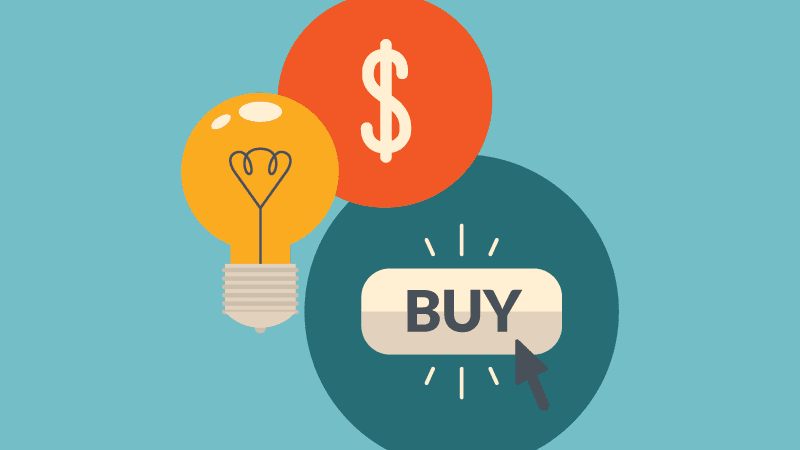Whether users are browsing via mobile or desktop, having a striking and easily understood landing page is vital for your clients' site and or business. The landing page is the first exposure to the site. As such, it's your opportunity to communicate the client's brand in a way that's memorable and useful. Here are some tips for creating a useful and unforgettable landing page that enables the site's traffic to navigate it as you intended while it acomplishes your client's objectives: builds their brand, generates leads, and increases their visibility.
Home Page (one) vs Landing Pages (many)
In a perfect world, every person would arrive at your site through the home page. Starting from the home page, your well-tested navigation and usability would enable them to reach every corner of the site. That is not the case though. A huge portion of your site's traffic does not or will not enter through the front door and instead comes in through a window or even the garage. Will a person still be able to navigate the site in the way you intended if they enter your site through a different page?
You need to understand that your site can only have one home page, but it may have more than one landing page. If your site has been around for a while, you can study it's analytics and see exactly which pages are important points of entry and should be redesigned as landing pages. If you are building a new site, you need to try to anticipate which pages might become indexed, linked to, and will be where people enter the site. Each of these landing pages may have different calls to action and objectives. Each should be designed or tailored to match what that person may be looking for.
1. Don't confuse "simple" with "boring."
It's critical to make sure the right elements pop on a landing page, whether it's a call to action (CTA) button or a link to another site page. After all, focusing the user is the whole point of a landing page, right? But, that doesn't have to translate to been-there, seen-that design decisions. If the page isn't memorable, users may feel uninspired and leave. Great landing page design still needs to follow the principles of overall website design, but needs to more tightly focus on driving the user's attention. Developing a strong visual brand is key. Flow is a site that uses mostly flat design elements to reinforce the fact that it's a product that simplifies productivity. You can also use color (or its absence) to make a landing page pop. Weather [snap]'s mostly-gray landing page highlights the app screenshots, drawing attention to the product. 99Designs' landing page uses vivid colors to showcase the simple, user-friendly nature of the site.
2. Be tasteful with CTA buttons.
Of course you want users to click through on a CTA, but you can't let the page feel so sparse that it looks like you have nothing more to offer. A well-done UX will have the button woven into the design. Placing it near the top, center or left of the page helps direct the user's focus quickly without being visually obnoxious. The site FiftyThree takes a straightforward approach, with a "Learn More" button centered on the screen. The burnt orange tone makes it noticeable without seeming too loud. Positioning a CTA button in the navigation bar also makes it easy to find while fitting it into the design. Fostr's "Get App" button has an eye-catching aqua tone to match the logo and to help it stand out in the navigation bar.
3. Don't shy away from drama.
Because landing page text needs to be concise to help users zoom in on CTA buttons or links, a picture really is worth a thousand words. A striking image (or embedded video) can give users an instant grasp on what makes a product stand out. Panik App's full-page animated graphic shows users what the app does with clarity and impact. Squarespace uses a screenshot to display their product.
What other great ideas or tips have you implemented in your site? Share them with our community to help them enhanced their sites too.

